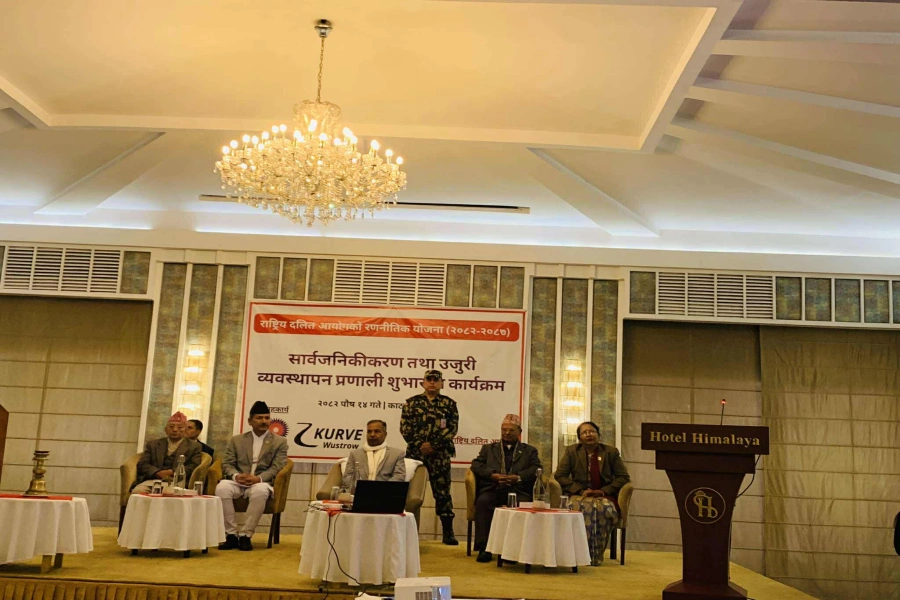Details to be publicized by Mid-May, 16 cameras stolen
MAHENDRANAGAR, April 1: After two months of observation and study, officials have finally completed the tiger census in Suklaphanta National Park (SNP). The census was carried out with the help of the 'camera trapping' method. However, the total population of tigers will be publicized by mid-May.
Human-Tiger Coexistence Amidst Rising Tiger Population

Gopal Bahadur Ghimire, acting chief conservation officer and information officer at SNP, informed Republica that the tiger counting has been completed. Apart from SNP, tiger census was done in Laljhadi and Jogbudha corridors. "We have already completed counting and now we are identifying and analyzing the photos," said Ghimire. This time, altogether 520 cameras were installed at 260 grids.
Ghimire said that the photo analysis will take around one and a half months after which the total number of tigers will be confirmed. During the census, altogether 16 cameras including eight installed in Laljhadi, four in Domila and four in Jogbudha were stolen.
According to Ghimire, a total of 11 groups including 90 officials were deployed for collecting the census of tigers. "The stripes of one tiger do not match with others. So, the census is carried out on the basis of the stripes on their bodies," said Ghimire.
The census was conducted an area of 5,500 square kilometers. Earlier, the tiger population used to be collected on the basis of the marks of the tiger claws. As per the tiger census of 2009, there were altogether 10 tigers in SNP which jumped to 17 in the year 2013.
Anil Prasain, chief of National Nature Conservation Fund (NNCF) stated that the number of tigers has been increasing in recent days, all thanks to the coordination between locals and government authorities. According to Prasain, proper management of food and habitat for tigers has resulted in the increase in their number.
The census was done with financial and technical assistance of NNCF, World Wildlife Fund (WWF) and Green Forest Program. At an international conference organized in Saint Petersburg, Russia in 2010, Nepal had promised to double the number of tigers by 2022. However, the number of tigers has doubled in Suklaphanta before the deadline.
If the researches conducted by various organizations are to be believed, there were around 100,000 tigers in Nepal a century ago but now the number has plunged to 3,200. Likewise, various species of tigers such as Bali, Caspian and Javan have become extinct due to irrational human activities. Other species are also at risk, according to the activists and officers of organizations involved in tiger conservation.
In Nepal, tigers are being conserved in Parsa National Park, Chitwan National Park, Banke National park, Bardia National Park and SNP.



































